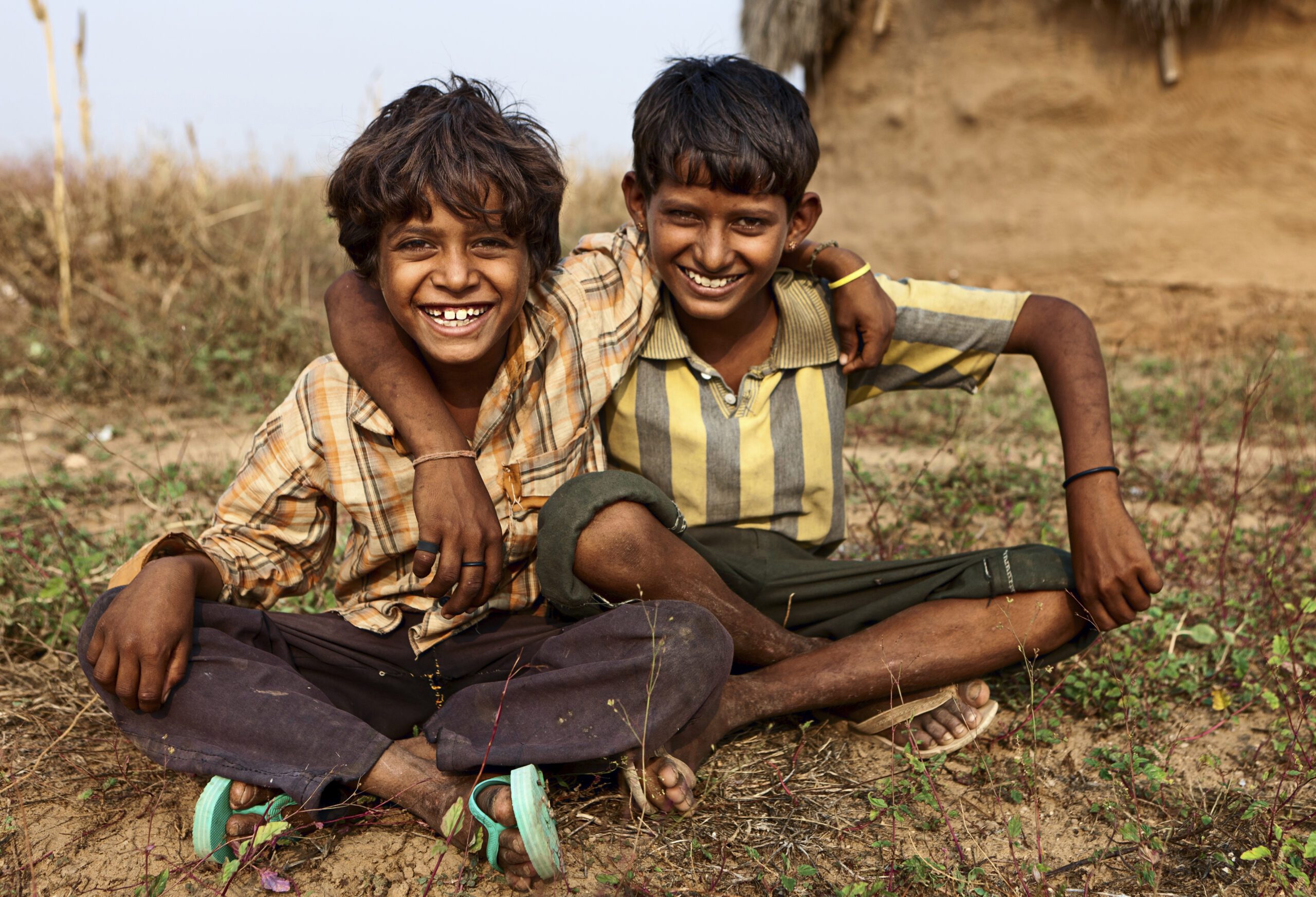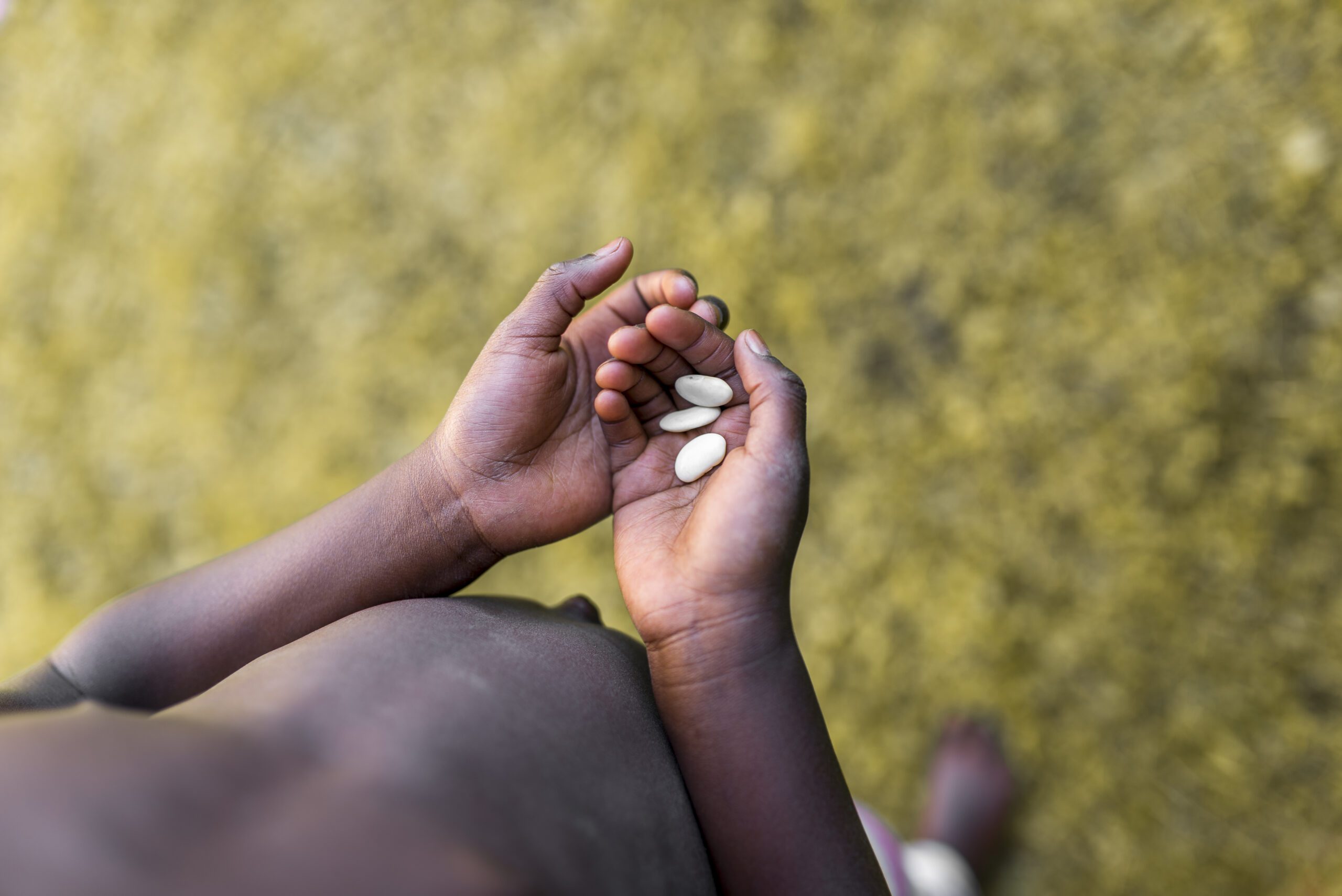
We often view science as an advanced subject that can’t help anyone languishing in the depths of poverty, much less children. However, what most people fail to realize is that not only can science drastically change the lives of children from poverty but also improve their livelihood.
Poor healthcare is without doubt one of the biggest causes of poverty. In most impoverished regions, particularly Sub-Saharan Africa and Eastern Asia, this is due to lack of clean running water leading to waterborne diseases such as the guinea worm and the mosquito menace carrying malaria. Furthermore, alleviating these problems in the past required solutions that were not appropriate to the majority of the poor population, such as difficulty in finding vaccines.
Each year, 1 million children under the age of five die from malaria and 1.8 million children die from Gastroenteritis, a waterborne disease. However, with the advancement in science, appropriate technology has been created to better assist health issues in poverty stricken regions. One example is the Vestergaar Company, which is committed to improving the health of people living in developing countries. Vestergaar has come up with innovative new ideas that are easy to implement in developing regions to alleviate health issues. Permanent, a mosquito net developed by Vestergaar, is one such example which helps protect people from malaria spreading mosquitoes whilst also killing the now insecticide resistant menace. Furthermore, Lifestraw, another scientific innovation, is a portable straw, which transforms microbiologically contaminated water to safe drinking water. These are just two of numerous products companies such as Vestergaar have introduced through scientific innovation that seek to solve health issues in impoverished regions.

Economic savings acquired from preventing malaria and other water-borne diseases can be used to improve children’s lives in poor regions, such as building well-equipped schools, which will help them rise from the dangerous cycle of poverty. The time saved from these diseases can also be better utilized in learning or by simply just playing to increase children’s self-esteem. We cannot keep losing our youngest and brightest minds to poor health. No child deserves to suffer and lose the best and brightest years in their lives. With steady scientific advancement this issue can be curbed and we can once again reclaim our future and the future of the world through our children.

